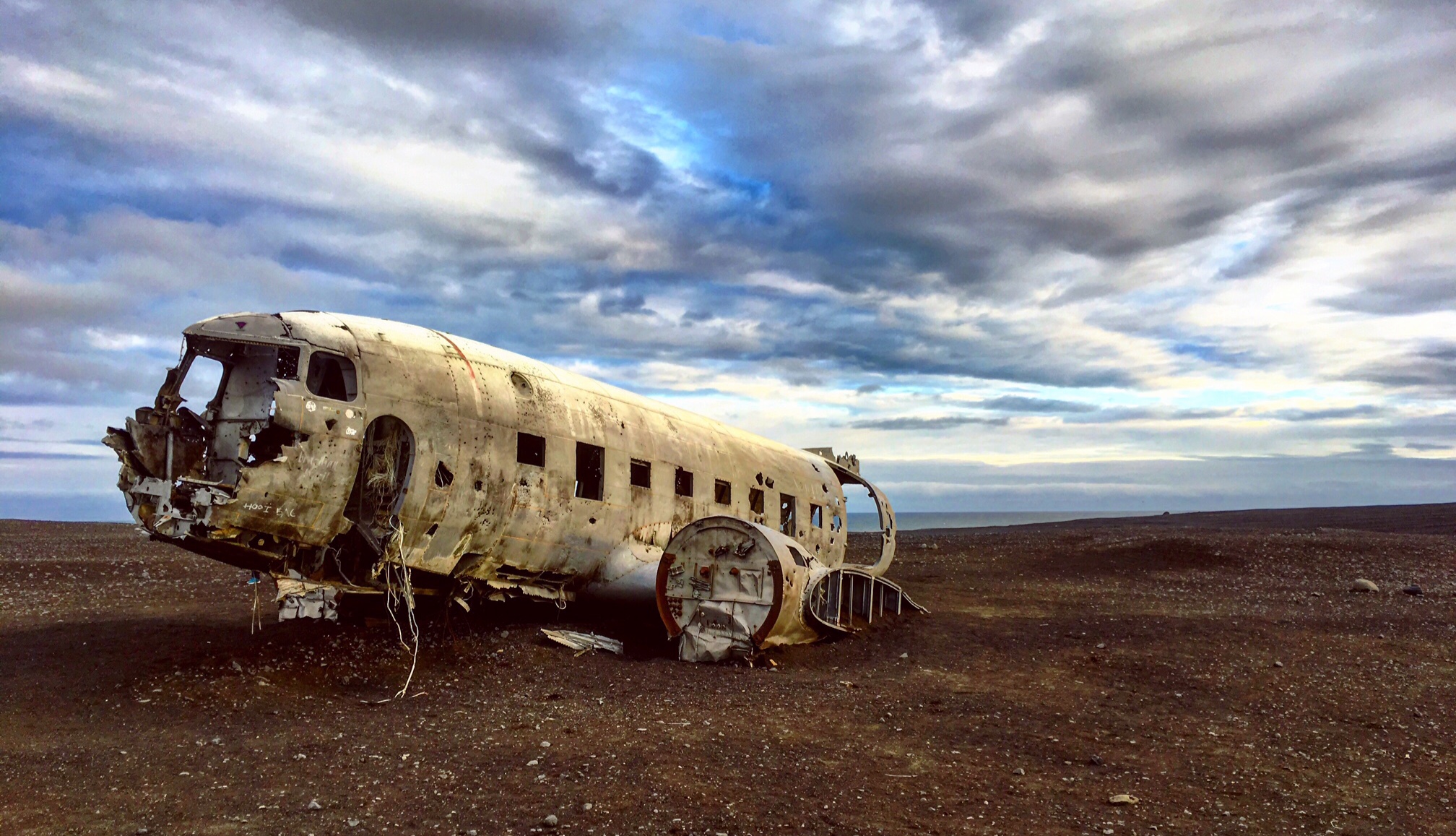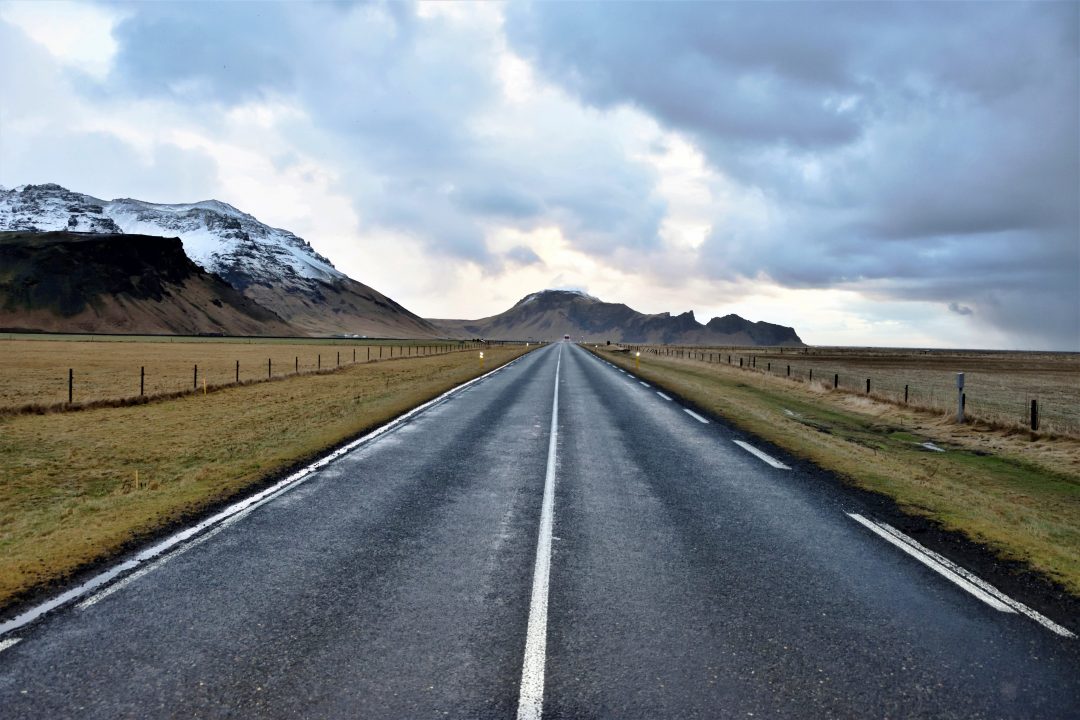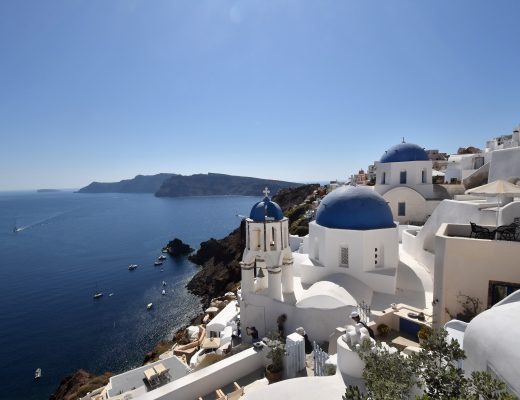Has anyone else noticed a serious spike in people traveling to Iceland lately? I mean, a few years ago it was definitely not on the top of my bucket travel list, but lately it seems like everyone and their mother has been going, myself included. There is in fact a very reasonable explanation to this, it’s ah-mazing. Iceland, aka the land of fire and ice, is literally just that. You can walk up to (or inside of) a glacier one minute, and find yourself standing on a black volcanic sand beach the next. There’s Reykjavík if you want a fun, populated town, anddd everywhere else if you want a more rural experience; but don’t get me wrong, the rural areas are where all the beauty is.

It’s hard to pinpoint exactly what part of my trip to Iceland was the most incredible. I feel like every place I went was even more jaw dropping than the last, and I’d be lying to you if I said I wouldn’t go back there and do it all again. I wanted to tell you guys about all the awesome must-see places I’m talking about, but also give you a little more info as to why this has become one of the most popular travel destinations over the past few years.
For starters, direct flights from New York to Iceland are about 200-400$ on Icelandair. On top of that, the flight itself is only 5 ½ hours long. Name another overseas country you can get to for that price and in that amount of time… I’ll wait. In addition to both of those things, Icelandair ALSO offers what they call and Iceland “stopover,” which means if you are traveling from the US or Canada to Europe, you can literally stop-over in Iceland for up to 7 nights at no additional cost to your flight. Sounds like a win-win to me.

Whether Iceland is your primary destination or your stop-over, there are a few places there that you absolutely need to add to your list. Since you will most likely be landing in Reykjavík, let’s start there. Reykjavík is known for having the largest population in all of Iceland, at a whopping 120,000 people, and at the center is the Hallgrímskirkja Church. This Evangelical-Lutherin parish church is one of the most visited places in Iceland. It was built from 1945 to 1986 and dedicated to the most recognized poet of Iceland, Hallgrímur Pétursson.
The tower itself is 74 meters high (about 240 feet), and sits on top of a hill, so you can literally see it from anywhere (this was very helpful to me and my poor directional skills). In addition, the concert organ inside is the largest in the country, at 15 meters high, with 5275 pipes, and weighs about 25 tons. I offer 10 million dollars to whoever can bring it to me as a souvenir. Ready, GO!

Your next stop in Iceland, though not nearly as large, should be the Sun Voyager, a very cool sculpture of a ship. In 1986 a competition was held to commemorate the 200th anniversary of Reykjavík and Jón Gunnar’s Sun Voyager won. While most people assume it to be a Viking ship, it was built with the intention of being a “Sun Ship” which Gunnar stated would “symbolize the promise of new, undiscovered territory.” Today there are many other interpretations of the sculpture, but I’m sticking with Viking ship. Plus its cooler to take photos with it if you have a Viking hat on.

Photo by @jennalynnetrofin
Some cool places to eat/drink in Reykjavík include but are not limited to: an awesome Gastro Pub where you can try some of the local cuisine like whale, horse, and puffin (which you can also buy stuffed animals of in every gift shop). There is also the CUTEST coffee shop with the nicest owner called Café Babalú which I highly suggest you check out for a coffee or snack on your way to the church. As far as nightlife is concerned, these people know how to party (but only on weekends, otherwise everything closes at 10 pm). I recommend a great bar called The Drunk Rabbit, which ironically is an Irish Pub, but the drinks are reasonably priced and they have a wheel that you can spin and win prizes! Who doesn’t love winning free stuff?

My next piece of advice is to rent a car and travel east along the southern coast of Iceland. Once you leave Reykjavík, the best stops to make (in my opinion) are at the numerous breath taking waterfalls all over the country. For the purpose of saving time, I’m just going to list some of the must-see ones here: Gullfoss (32 meters high, the view is from the top), Seljalandsfoss (60 meters high, you can even walk behind this one), Skógaffoss (60 meters high and 25 meters wide, this one was my absolute favorite), Svartifoss (known because it falls over hexagonal basalt columns and provided inspiration for the Hallgrímskirkja Church). There are plenty more waterfalls around, but these are the ones that are most well known and easiest to get to.

There are some other must see things along this drive (most famously known as The Golden Circle). Thingvellir National Park is one of the only places in the world where you can actually walk between two tectonic plates (the Eurasian and North American), and it is also the location of some GOT scenes (for example the pass to the Eyrie was filmed here). If you want to visit some other natural phenomenons aside from waterfalls and tectonic plates (cause now we’re spoiled and want more), the Great Geysir and Strokkur Geysir are very cool, they explode frequently, and they are located right next to a small rest stop with food and bathrooms which makes it a nice little break in your drive.
Another stop that I recommend making is basically anywhere on the side of the road where you see wild Icelandic Horses. Though they look like pony’s, they are actually horses and are a pure breed to the territory (Icelandic law prevents horses from being imported into the country and exported animals are not allowed to return). They’re cute, and friendly, and if it wasn’t cold and rainy I probably would have taken a bazillion more pictures with them.
 Continuing eastward there are plenty of other things to see. Ever since it’s most recent eruption in 2010, Eyjafjallajökull Volcano has been talked about for causing hundreds of flights to shut down that were traveling over Iceland. Now, at the base of the volcano is a visitor center (aka a mini museum) run by a local farmer and his family that showcases what Icelanders went through during the eruption, and how some of them still live at the base of an active volcano.
Continuing eastward there are plenty of other things to see. Ever since it’s most recent eruption in 2010, Eyjafjallajökull Volcano has been talked about for causing hundreds of flights to shut down that were traveling over Iceland. Now, at the base of the volcano is a visitor center (aka a mini museum) run by a local farmer and his family that showcases what Icelanders went through during the eruption, and how some of them still live at the base of an active volcano.
Near the volcano is the Skógar Museum, a is a cultural heritage collection of 15,000 regional folk artifacts which is a great experience if you want to learn more about Icelandic history. I thought this was cool because I personally like learning some background info about the places I travel to as well. After all of these activities (or sooner depending on your timing), a good thing to is to find a hotel to check into. I HIGHLY recommend staying at Hotel Katla, on Hofdabrekka in Vík. It may look like it’s in the middle of nowhere (which it is), but the dinner buffet here is incredible (just say buffet and I’m there) and the rooms are super cute and cozy.

Staying overnight in Vík will allow you to keep trekking east to your goal destination (and my absolute favorite part of the trip), Vatnajökull National Park, where you will find the Jökusarlon Lagoon (aka the glacier lagoon). In this lagoon sits the Breiðamerkurjökull Glacier. As chunks of the glacier break off, they float out to sea through a small channel. Once at sea, the ice chunks are polished by the ocean waves and washed back onto the shore of a nearby black volcanic sand beach known as diamond beach.
The contrast between the black sand and the glistening ice pieces is truly an amazing site. You can even pretend to ‘walk’ on these ice chunks, but don’t let my photo fool you, I was standing very still and almost ate it… twice. In addition, Vík is also close to Reynisfjara Beach, another black sand beach with large basalt columns lining the rock at the edge of it. If you go searching you will find some small caves, but be careful because the tide will quickly come up and pull you back in with it.

Lastly, but certainly not least, is the Blue Lagoon, one of Iceland’s many hot spring baths. This one is the largest and most touristy, but regardless it’s a must do while in Iceland. Contrary to what some believe, this is not one of Iceland’s natural wonders; The Blue Lagoon was built in 1976 during an operation at the nearby Svartsengi power plant. People began bathing in the silica rich water and noticed significant improvements in their skin, so starting in 1987 the bath was open to the public. In addition, there is now a special clinic for psoriasis patients and the blue lagoon launched its own line of skin care products.
Now, not only is the Blue Lagoon one of the most visited attractions in Iceland, but after renovations from 2003-2013 there are retail shops and an awesome hotel you can stay at that is just a 10 minute walk to the lagoon itself. I honestly had a truly amazing time hanging out here all day, but if you want to opt for a less crowded and more personal hot spring experience, there are plenty of other options scattered throughout Iceland. Regardless of which hot spring you visit, don’t forget to keep your hair out of the water (they even tell you to shower and condition it beforehand), take your jewelry off, and to come with a waterproof camera, because you’re going to want photos (a waterproof phone case should work too… hopefully).

Before you start planning your trip to Iceland, there are a few things to consider. Do you plan on trying to catch a glimpse of the Aurora Borealis? If yes, the best time for you to go is September though March, when you get the most darkness (but this is variable, for example in December and January the sun sets around 4 pm and rises at about 11 am). There are tours you can book to help you track the lights, but my recommendation is to grab a bottle of wine (or any alcohol of choice) and to drive out until you find a large clear spot of sky (cloud coverage is one of the biggest hindrances to spotting those babies).
You can use specific websites to track the aurora activity and cloud coverage in order to maximize your chance of seeing them on your own. Don’t forget your tripod and a flashlight! I also used a wireless camera remote, but setting a timer on your camera will do the trick of avoiding excess motion as well. Before I went, I read some professional photography sites to learn the best settings for capturing decent photos. However, if you don’t really care for northern lights hunting and prefer to get the most out of your daylight, then the summer months are better, where you will likely still have sunlight at 12 am.
 There is one place that I wanted to go to and didn’t have the time (but also didn’t really want to walk an hour in the cold and rain). This is the famous DC-3 US Navy airplane that crashed on Sólheimasandur Beach on November 24th 1973. Believe it or not there are still remains of the plane, and it is one of the most iconic stops to visit in Iceland. That being said, it is now prohibited to drive vehicles on the beach, and it’s about a 3 mile walk from the road to find the plane. It is possible to get there on your own if you’re determined enough, but there are also tours you can sign up for if you want the hard part done for you.
There is one place that I wanted to go to and didn’t have the time (but also didn’t really want to walk an hour in the cold and rain). This is the famous DC-3 US Navy airplane that crashed on Sólheimasandur Beach on November 24th 1973. Believe it or not there are still remains of the plane, and it is one of the most iconic stops to visit in Iceland. That being said, it is now prohibited to drive vehicles on the beach, and it’s about a 3 mile walk from the road to find the plane. It is possible to get there on your own if you’re determined enough, but there are also tours you can sign up for if you want the hard part done for you.

Photo by @srhxn
Regardless of when you go to Iceland, I can guarantee it will be a trip you never forget. There are so many amazing things I saw, yet so many others I would love to still explore. Maybe you’ll even be lucky enough to stay at a hotel that provides clean, pure, Icelandic glacier ice for happy hour. Happy travels everyone!! P.S. for more photos from my Iceland trip check out my Facebook page!
XoXo -Erica




1 Comment
Eric Jones
March 15, 2021 at 12:44 pmGood Day Erica,
I just a chance to visit your travel page on your website. It was really amazing and the way you both had explore things was very lovely. Thank you so much for the detailed information, which would be helpful with my future ttrips. 🙂